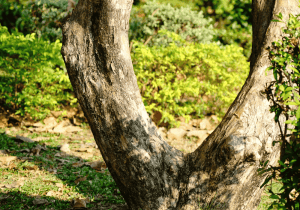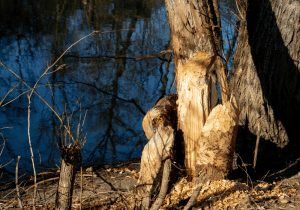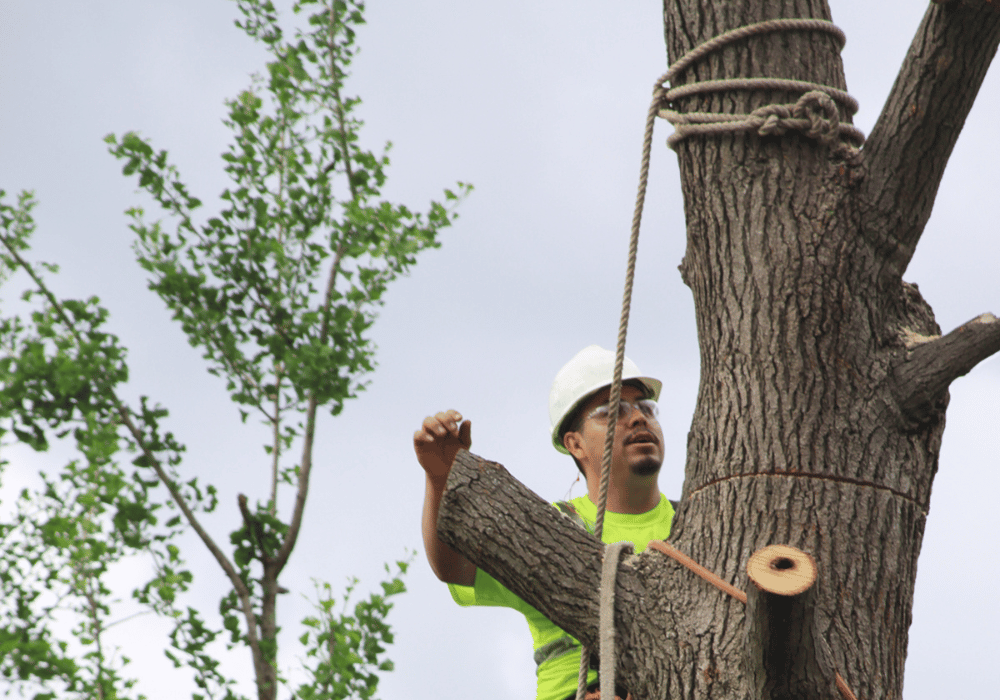Storm season is on the horizon, bringing with it strong winds, heavy rain, and powerful storms. While these natural events are often unpredictable, one thing you can control is how prepared your property is to handle them. Trees are a wonderful addition to any yard, but they also pose a significant risk during storm season if they aren’t properly maintained. Dead branches, weak root systems, or unseen decay can turn a seemingly healthy tree into a hazard. That’s where a tree risk assessment comes in. This article will explain why scheduling a tree risk assessment is essential before storm season begins. You’ll learn what a tree risk assessment entails, how it protects your home and property, signs your trees might need one, and how to choose the right arborist for the job. Just like with academic projects such as a bachelorarbeit schreiben lassen, you need a structured, thorough approach to evaluating each element that might influence outcomes.
 What Is a Tree Risk Assessment?
What Is a Tree Risk Assessment?
A tree risk assessment is a systematic evaluation of a tree’s health and structural integrity to determine the likelihood of it failing during extreme weather conditions. Conducted by a certified arborist, this assessment takes into account a variety of factors to help identify trees that might be hazardous to your property or surroundings.
Here’s what it typically includes:
- Visual Inspection: Examining the tree for signs of decay, cracks, leaning, or pest damage.
- Structural Soundness: Assessing the strength of the tree’s trunk, branches, and root system.
- Environmental Factors: Considering external elements such as soil quality, slope, and past storm damage to evaluate the tree’s overall stability.
- Likelihood of Impact: Analyzing the proximity of trees to buildings, driveways, power lines, or other structures that could be affected in the event of tree failure.
The ultimate goal? To pinpoint potential risks and recommend steps to mitigate them, whether that’s pruning, bracing, or in some cases, tree removal.
Why Schedule a Tree Risk Assessment Before Storm Season?
Storm season poses significant risks to property owners, and trees are high on the list of vulnerabilities. Here’s why you should schedule a tree risk assessment well in advance:
1. Protect Your Property and Loved Ones
Unstable trees can cause extensive damage to homes, vehicles, fences, and power lines. Even more concerning, falling branches pose a serious safety hazard to your loved ones and neighbours. A tree risk assessment catches these risks early, ensuring your property is safe before storms hit.
2. Minimize Long-Term Costs
Imagine the cost of roof repairs because a branch crashed down onto your home during a storm. Preventative measures, like pruning or removing a dangerous tree, are much more affordable than dealing with emergency storm damage.
3. Avoid Emergency Services Delays
During storm season, emergency arborists are often swamped with calls about fallen trees and urgent removal requests. By acting ahead of time, you avoid waiting for assistance during critical moments.
4. Ensure Insurance Coverage Compliance
Some insurance policies require regular maintenance and inspection of trees to cover storm-related damage. By obtaining professional documentation of your tree risk assessment, you can streamline any future claims.
5. Peace of Mind
Finally, knowing your yard is safe brings invaluable peace of mind. You can face storm season with confidence, knowing you’ve done everything possible to protect your home and family.
Signs Your Trees Need an Assessment
While all trees can benefit from regular evaluation, certain warning signs indicate an urgent need for a tree risk assessment. Pay attention to these red flags:
1. Dead or Dying Branches
Large, brittle, or leafless branches are often the first to fall during high winds.
2. Leaning Trees
A significant lean, especially if it’s a recent development, can indicate structural instability.
 3. Cracks or Splits in the Trunk
3. Cracks or Splits in the Trunk
Visible fractures in the tree’s trunk could mean it’s at risk of breaking.
4. Root Damage
Uprooted soil at the base of the tree or roots exposed after erosion weakens the tree’s foundation.
5. Fungus or Decay
Mushrooms or fungi growing on the trunk or near the roots might hint at internal decay.
6. Missing Bark
Areas of missing or peeling bark, known as cankers, are often signs of a stressed or dying tree.
If you notice any of these issues, don’t wait until storm season is in full swing. Schedule a professional assessment right away.
How to Choose a Qualified Arborist
Choosing the right arborist is essential for a thorough and reliable tree risk assessment. Here’s how to ensure you’re hiring a qualified professional:
1. Verify Certifications
Look for a certified arborist with credentials from reputable organizations such as the International Society of Arboriculture (ISA). Certification ensures the arborist has the skills and knowledge to assess tree health and stability accurately.
2. Check Experience and References
Ask how long they’ve been working in the field and request client references. A trustworthy arborist should gladly provide examples of past work.
3. Ask About Insurance
Ensure the arborist carries liability insurance and worker’s compensation coverage. This protects you from potential liability if accidents occur during the inspection or tree work.
4. Get a Written Estimate
Request a detailed written estimate that outlines the assessment process, recommended actions, and costs associated with each service.
5. Assess Communication
A good arborist listens to your concerns, answers your questions clearly, and provides recommendations tailored to your property.
Don’t just hire the first person with a chainsaw and a ladder. An experienced arborist is essential for both ensuring safety and preserving the natural beauty of your trees.
Don’t wait until the first storm warning to think about your trees. Preparing now with a professional tree risk assessment could save you from costly damage, dangerous situations, and unnecessary stress. By assessing potential risks ahead of storm season, you can protect both your property and your loved ones. If you’re unsure where to start, contact a certified arborist in your area for professional advice. Remember, proactive care is key to managing the risks that come with storm season. Keep your home safe, your family protected, and your yard looking beautiful by taking action today.


